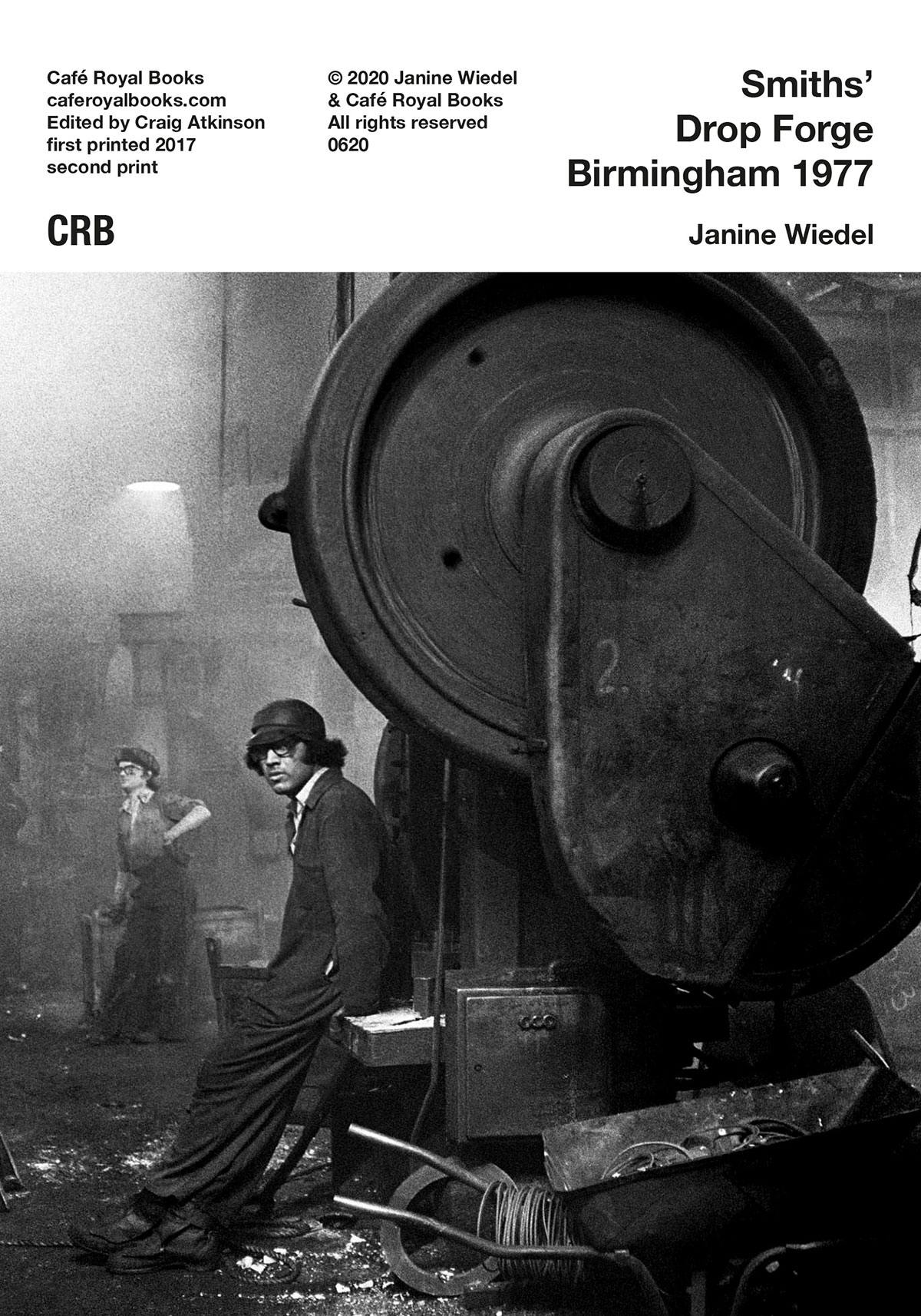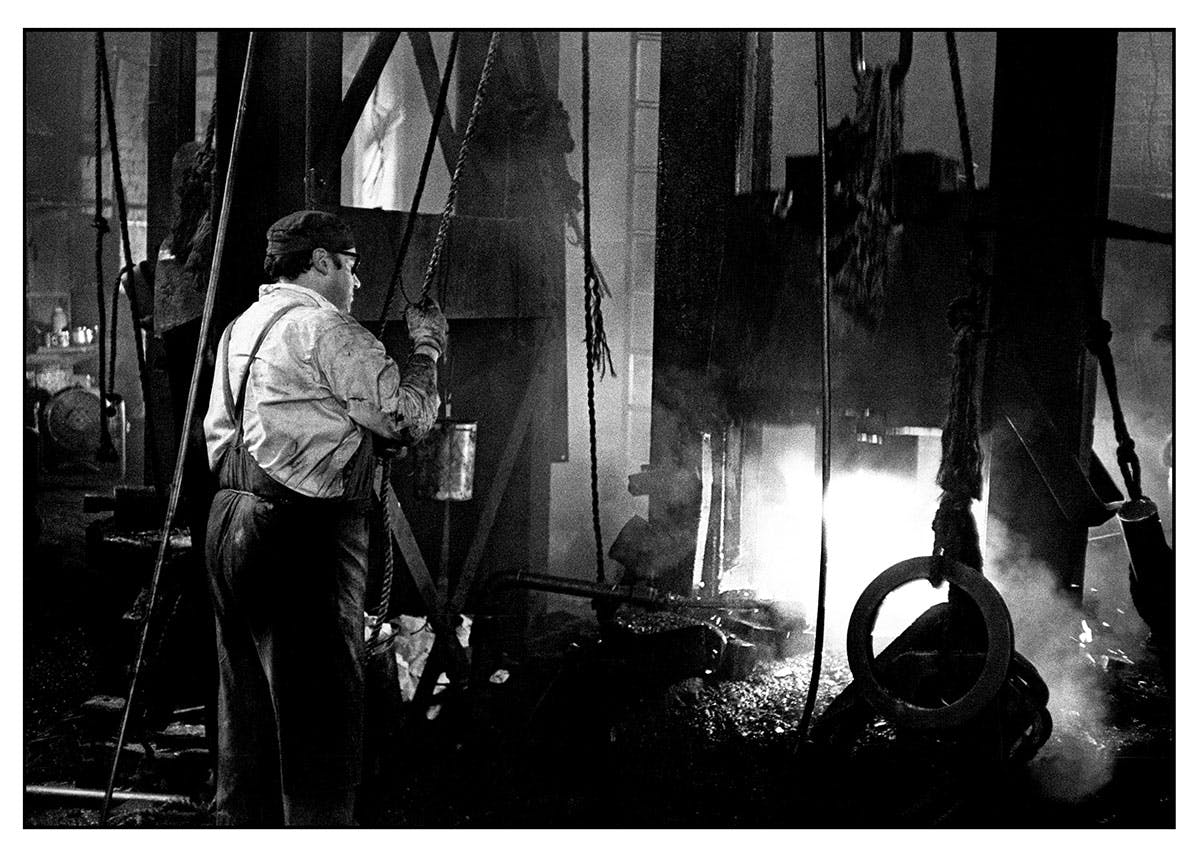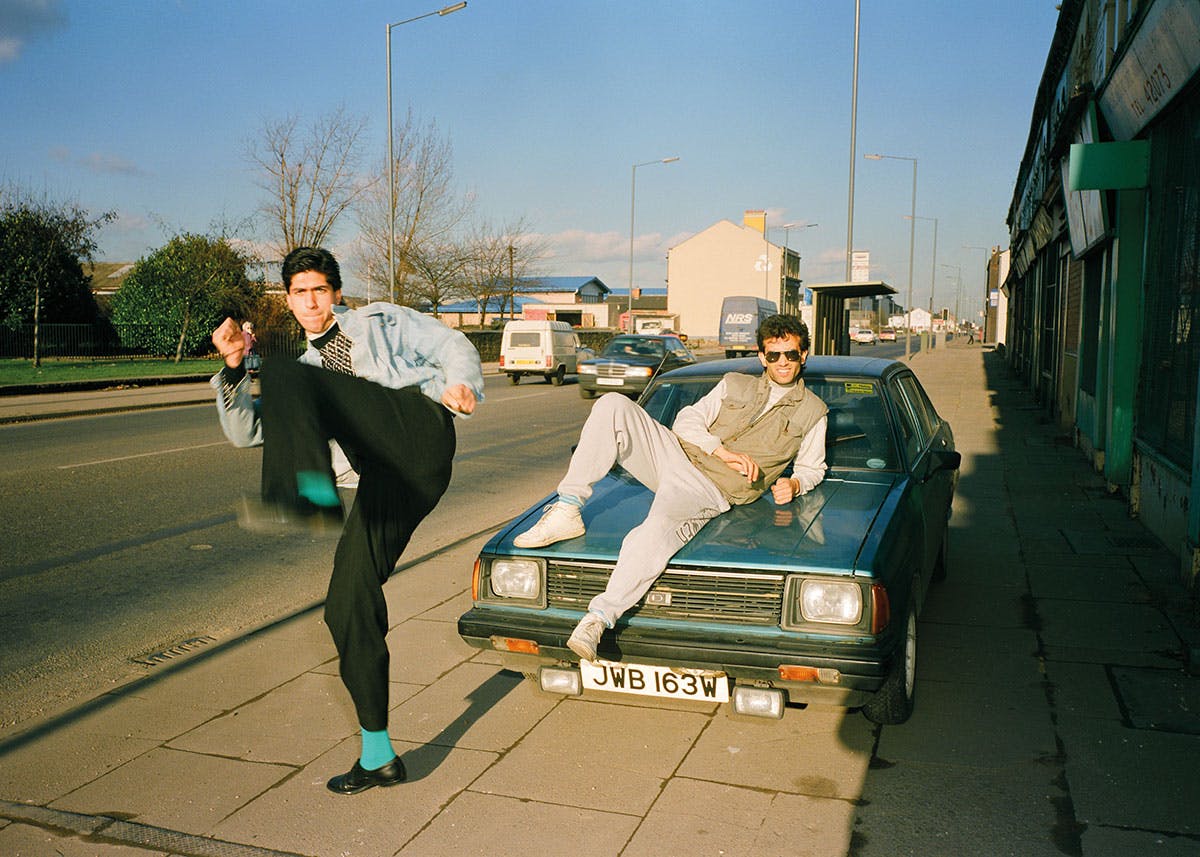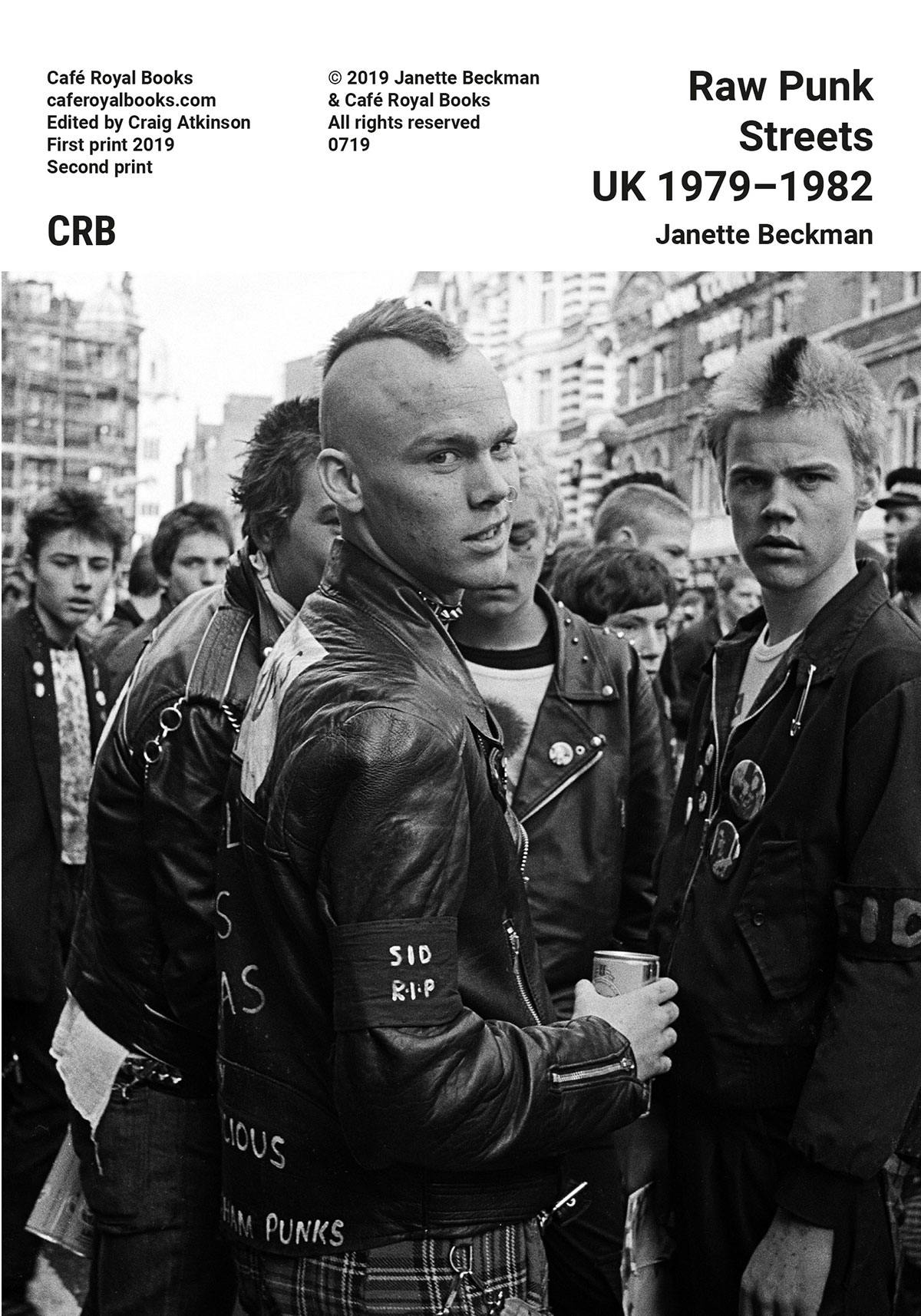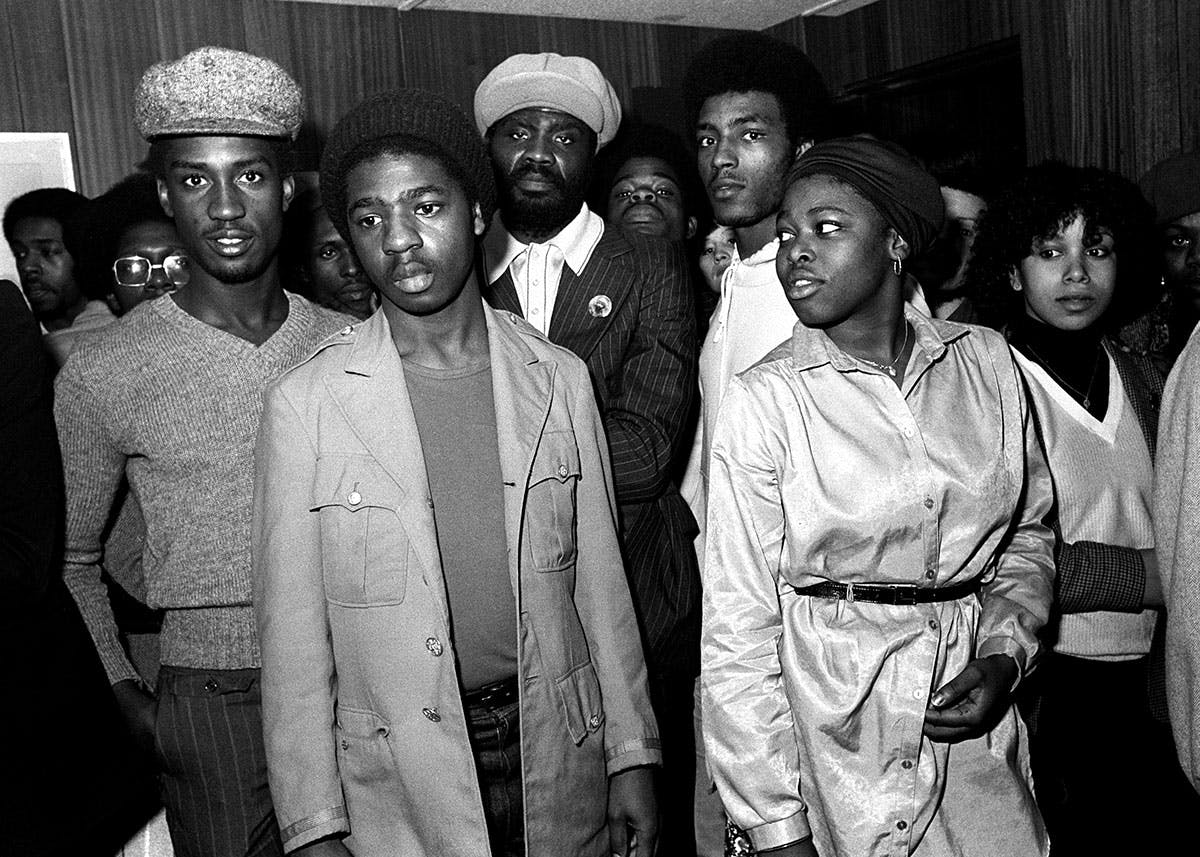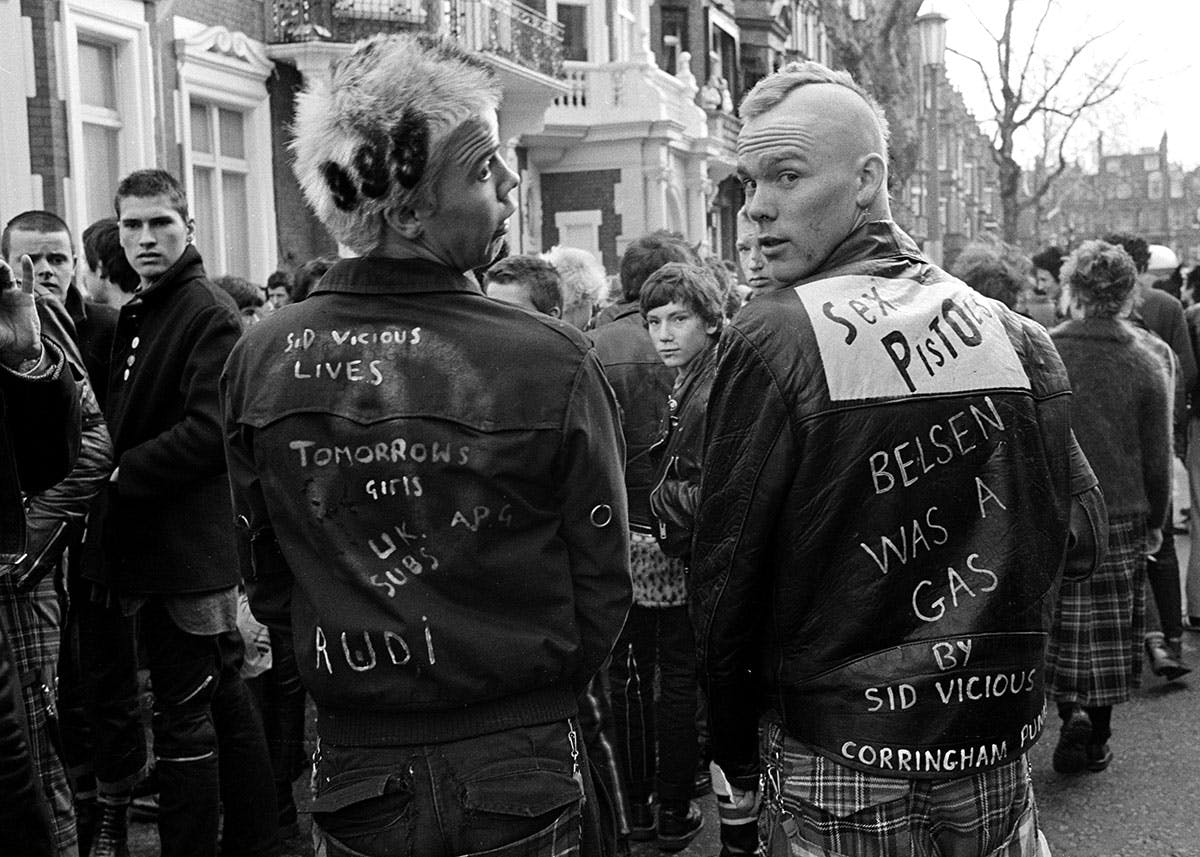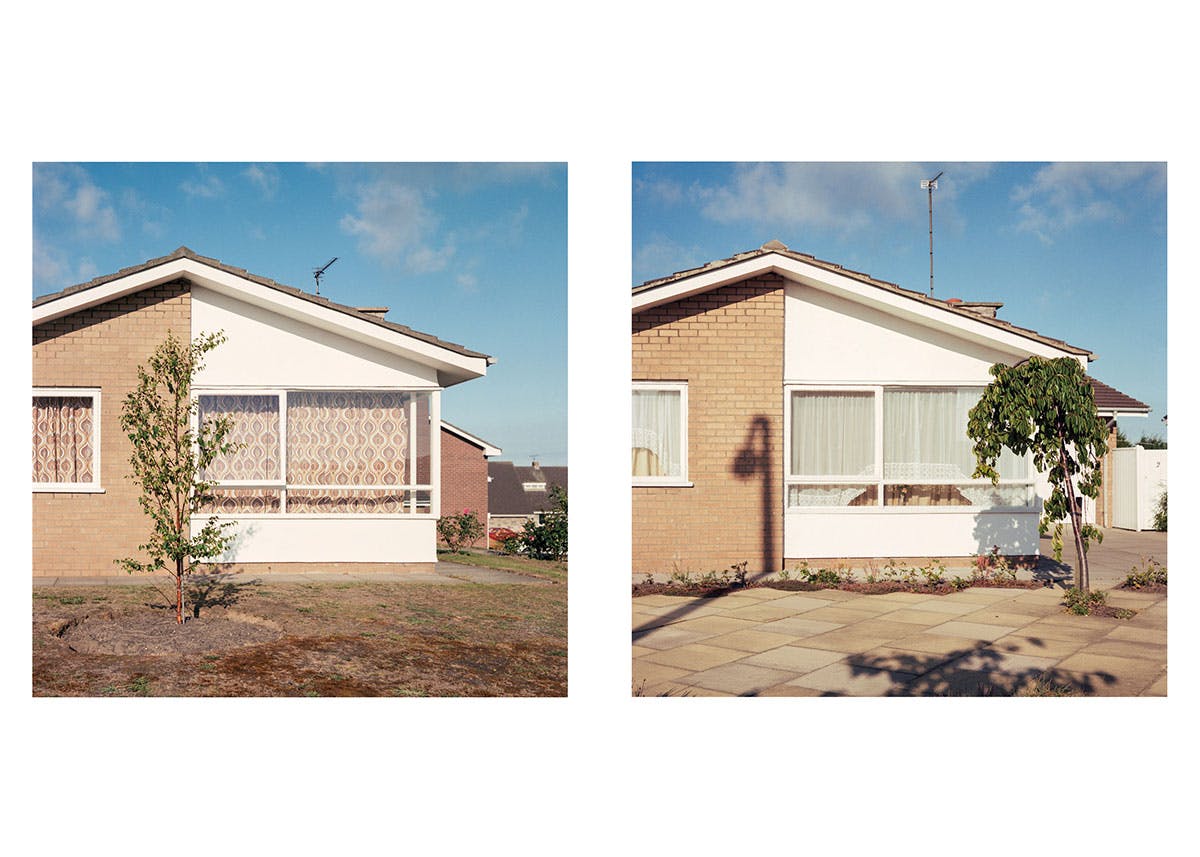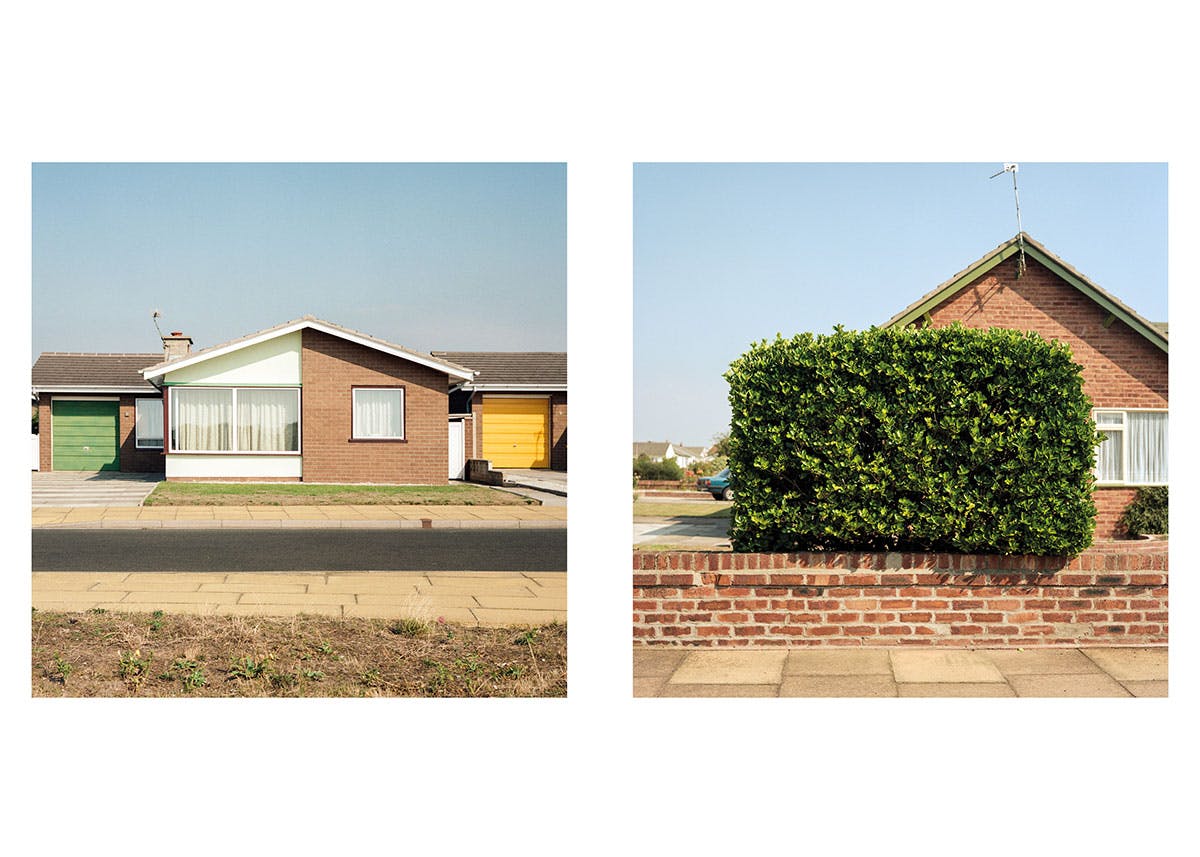Café Royal Books: 15 years of documenting the UK
Café Royal Books releases an astounding 70 books a year. Here, founder Craig Atkinson explains why he wanted the publishing house to be a home for British documentary photography and undiscovered talent
Café Royal Books is an independent publishing house that specialises in limited edition photographic books that focus on British documentary photography. Started in 2005 by Craig Atkinson, it began as an antidote to the work he’d been creating himself as an artist.
“[My] paintings took a long time, they were big, heavy, and expensive, so I could only really exhibit them in the UK, which I did. But I never liked to exhibit the same work more than a couple of times,” says Atkinson. “Everything was time-luxurious and counter productive. I wanted an antidote to all of that, and to the gallery system, which seemed a closed and fairly elite network. I didn’t see myself or my work fitting into that. Zines felt right, they were cheap, easily-postable, multiple, disposable, and collectible.”
Inspired by the name of Atkinson’s favourite pub in Edinburgh, Café Royal Books focuses on British documentary photography and highlights the stories within the UK’s rich history and culture.
“As time has gone on, I realised that this type of photography has been pretty much neglected by galleries and museums, and has mostly only existed in Sunday supplements and the odd history book,” explains Atkinson. “This, among other things, made me want to gather all of this work and present it in an unbiased context, collectively, as an accessible archive. The work is our history and should be seen.”

Atkinson publishes roughly 70 books a year for an affordable £6 each, and for every 100th title, he creates a specially made ‘archive box’. Despite this incredible output, he has kept the publisher as a one-man operation throughout. “I’m a control freak! I like to keep everything very simple, and really at the moment, I can manage by myself,” Atkinson says. “I work from a small room at home, there is no space for anyone else. Our kids help with the post, for now. They’re keen to learn.”
Time is the main challenge for Atkinson in running Café Royal Books. As well as being a dad, he is also a senior lecturer in fine art at the University of Central Lancashire. So to keep the process as streamlined as possible, Atkinson has made sure to build relationships with photographers, printers, box makers etc. “Essentially, contact is made with the photographer, either request or submission. I explain what I do, look at their work, we discuss edits and sequencing, then go for it,” Atkinson says of the process. “Often I’ll make a series of books with a photographer, which cover different aspects of their archive.”
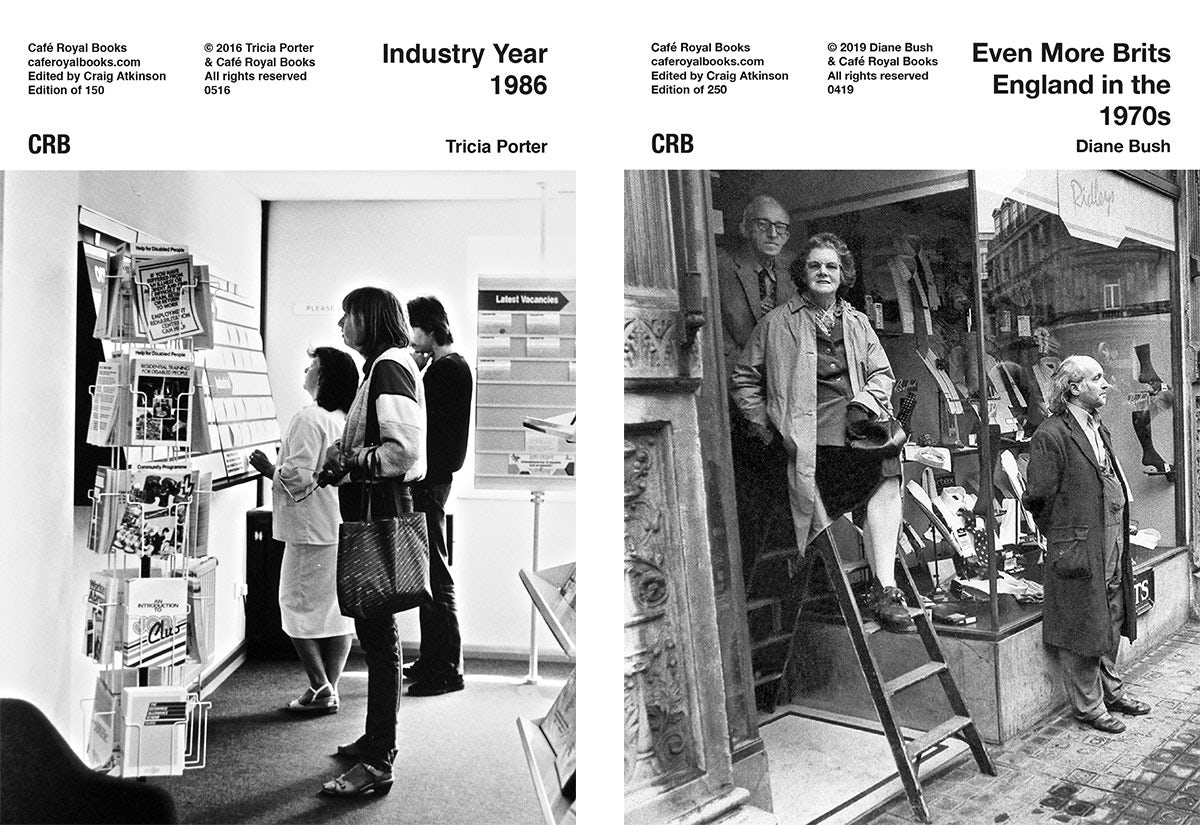
The breadth of topics covered by Café Royal Books is vast, capturing aspects of British society including housing estates, street culture, and civil movements. Along with their wide subject matter, what’s also appealing about the publications is the uniformity of their design, which Atkinson describes as fuss-free, straightforward and very utilitarian.
“When I started, I had little idea of design, or photography. All of it is as much a learning experience for me as it is about making these books and getting the work seen,” he says. “I’ve never liked fuss or decoration, or embellishments. When I do book fairs, people pick the books up (I encourage that), and ask: ‘who is it by, what’s it about, how many are there, when was it made’ etc, so I put all the information on the cover.” This approach then allows Atkinson to talk about the content of the books with people, rather than the mechanics.
The majority of what Atkinson publishes has been submitted to him and it’s meant he is given access to work he’s not familiar with, enriching the archive further. “If Café Royal Books was just the work I had ‘found’, there would be so much missing,” he says. “And I always encourage more submissions from minority or underrepresented photographers, because I receive far fewer from them.”

For Atkinson, the variety of British stories he can tell through Café Royal Books is why he’s kept the project going for the last 15 years. “[Documentary photography] is one of the most active, important, underrepresented and forgotten genres of photography,” he says. “It has never really had a home as such. It has been ‘used’ in places, then discarded. That’s kind of how I see Café Royal Books, as a home for all that work.”
Though the publisher has never been keen on the idea of favourites, below Atkinson picks five books from over the years that have stuck in his mind, and explains why:
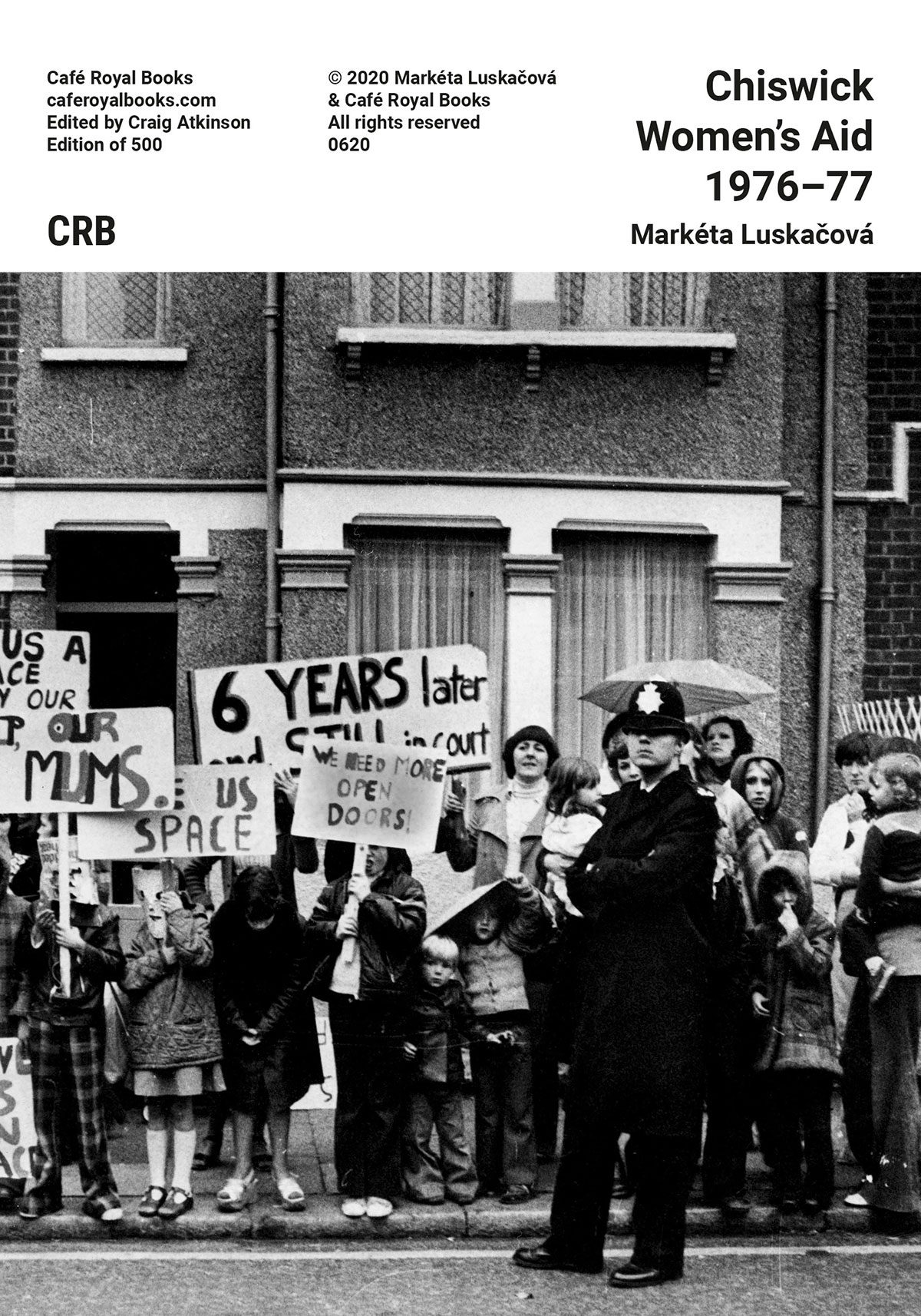
Markéta Luskačová: Chiswick Women’s Aid 1976–77
The books I make, by the nature of documentary photography, involve the photographer and their ‘subject’. The subject of this book is hard truth. The photographs though, are tender and close, and reading through that you can see how important and how close Markéta’s relationship was with these people.
Janine Wiedel: Industry, West Midlands 1977–1979
This box set contains Janine’s important work documenting the jewellery quarter, the Black Country chainmaking, potteries, coal mining, iron and steel works and the drop forge. All of these trades have gone or are going, except for much smaller or independent businesses. Industry is such a huge part of Britain and this mini-archive shows working life, in the heart of it.
John Darwell: Sheffield in Transition
This is also from a box set of John’s Sheffield work, taken at a time of massive transition in the city. The locations in the books are barely recognisable now, so serve as an important socio-geographical and cultural archive. Also, it’s one of the first colour books I made.
Janette Beckman: Raw Punk Streets UK 1979–1982
My first book (of three so far) with Janette. Much of Janette’s work focuses on street culture, punks, mods, hip hop…. An important time in the UK, and perhaps more relevant now than ever.
Stephen McCoy: Housing Estates, Set 4. 1985
I’ve lived in Ainsdale my whole life, so when Steve (who I didn’t know at the time) submitted these pictures, I was amazed! It’s the estate I grew up on. I love the work anyway, but this one has a personal bias as well as being great work. We’ve made six housing estates books now and are working on a second edition of the box set.

